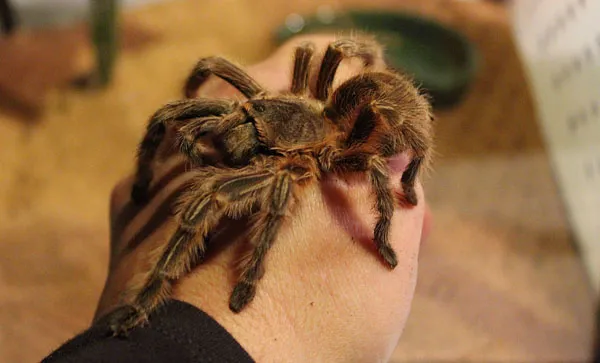What is an Orange Fluff Tarantula
The Orange Fluff Tarantula, scientifically known as Brachypelma boehmei, is a captivating species that has become increasingly popular in the pet trade. Native to the tropical regions of Mexico, this tarantula is prized for its vibrant coloration and relatively docile temperament, making it a favorite among both novice and experienced arachnid enthusiasts. Its striking appearance, coupled with its manageable size, contributes to its appeal. Understanding the basic characteristics of this species is the first step towards appreciating its unique qualities and providing it with the proper care it requires to thrive. These spiders are known for their striking colors and gentle nature, making them great pets.
Appearance and Characteristics
The Orange Fluff Tarantula is easily recognizable by its distinctive coloration and physical features. The body is covered in a dense coat of hairs, with the most striking feature being the vibrant orange coloration on its legs and carapace (the upper shell). This color is a defining characteristic, giving the tarantula its common name. The body itself is typically a dark brown or black, providing a stark contrast to the bright orange hues. They have eight legs and two additional appendages called pedipalps, which they use for sensing and manipulating food. The size of the Orange Fluff Tarantula can vary, but they generally reach a leg span of up to six inches. Their appearance is quite unique.
Lifespan and Size
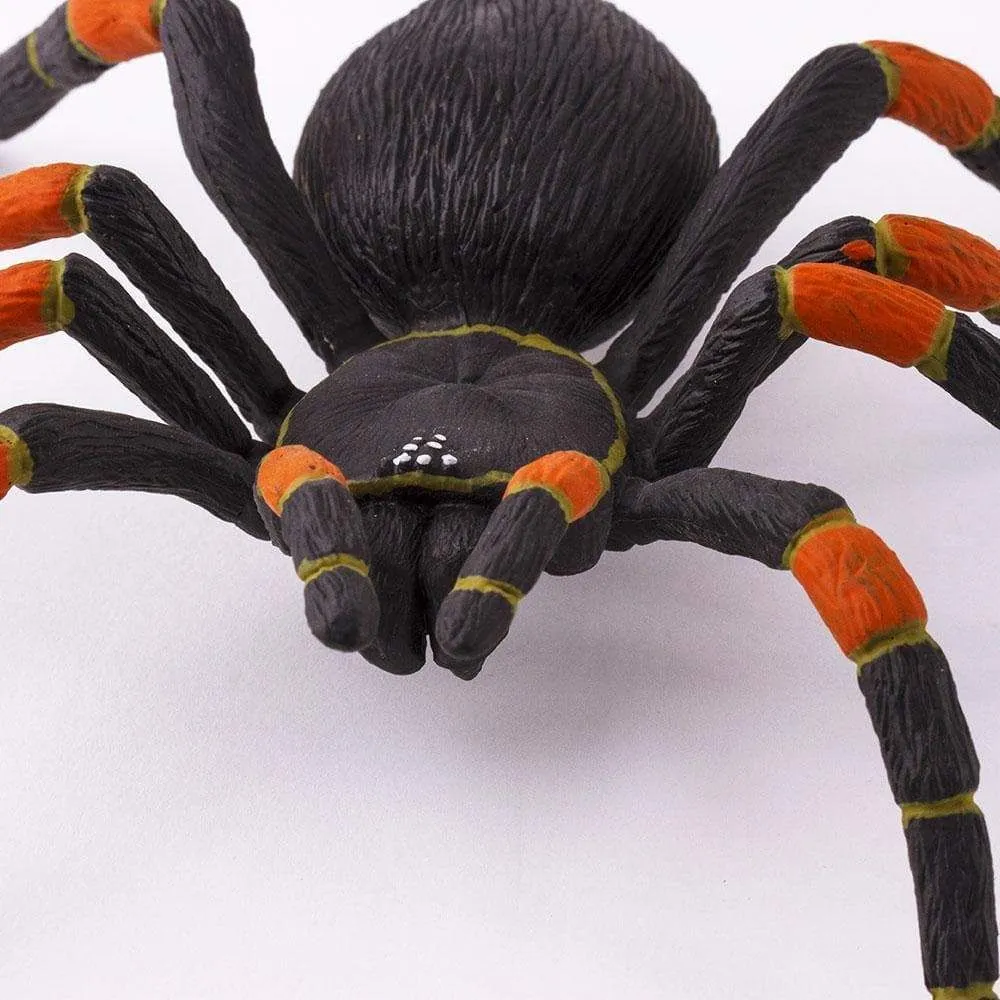
The Orange Fluff Tarantula, like other tarantula species, has a considerable lifespan, particularly the females. Female Orange Fluff Tarantulas can live for up to 20 years or more, while males typically have a shorter lifespan, living for around 5-7 years. Their size is moderate compared to some other tarantula species, with an average leg span of around 5-6 inches. This manageable size makes them easier to house and care for, appealing to many pet owners. The lifespan and size are critical factors in choosing a pet. Ensuring proper care, including a suitable habitat, appropriate diet, and regular maintenance, will maximize their health and lifespan.
Where Do They Come From
Orange Fluff Tarantulas are native to the Pacific coast of Mexico, primarily found in the states of Guerrero and Michoacán. They inhabit tropical deciduous forests and scrublands, where they construct burrows in the ground or utilize natural shelters like rock crevices and under logs. These environments are characterized by a warm and humid climate, providing the ideal conditions for the tarantula to thrive. Understanding the natural habitat is important for providing the correct environment in captivity. Conservation efforts are in place to protect their native habitats, addressing the threats of habitat loss and over-collection, ensuring their survival in the wild.
Amazing Fact 1 — Color and Appearance
One of the most captivating aspects of the Orange Fluff Tarantula is its vibrant coloration. The striking contrast between the dark body and the bright orange hairs on its legs and carapace makes it an eye-catching species. This vivid display serves a dual purpose, both attracting mates and acting as a warning signal to potential predators. The color intensity can vary slightly depending on the individual spider, its age, and environmental factors. The unique color is a key factor in their popularity. The bright orange coloration is a visual treat and a hallmark of this species, making it a favorite among tarantula enthusiasts.
The Unique Orange Hairs
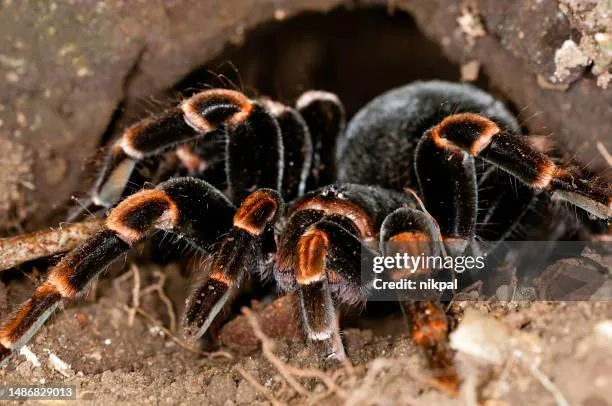
The orange hairs, also known as urticating hairs, are a key defense mechanism for the Orange Fluff Tarantula. These hairs are located on the abdomen and can be flicked off by the spider when threatened, causing irritation to potential predators. While not typically life-threatening to humans, contact with these hairs can cause skin irritation, itching, and in some cases, respiratory issues if inhaled. The density and brightness of these hairs are what give the Orange Fluff Tarantula its distinctive appearance and contribute to its overall appeal. The presence of these unique hairs is a key characteristic of the species.
What Makes the Color Unique
The orange coloration of the Orange Fluff Tarantula is unique because it’s not commonly found in other tarantula species to such a degree. The bright orange hues are a result of pigments contained within the hairs and exoskeleton. The intensity of the color is also influenced by factors such as the spider’s diet, genetics, and environmental conditions. The unique color serves a dual purpose, acting both as a display for attracting mates and a warning signal to predators. This distinct feature makes the Orange Fluff Tarantula easily recognizable and highly sought after by enthusiasts.
Amazing Fact 2 — Arboreal Lifestyle
While not strictly an arboreal species, the Orange Fluff Tarantula displays behaviors that suggest an affinity for climbing and utilizing vertical spaces within its habitat. They are often found in environments with elevated structures, such as rocks, logs, and the walls of their enclosures. Their ability to climb is facilitated by specialized claws and hairs on their feet, allowing them to grip surfaces. The presence of these adaptations supports the idea that they are not solely terrestrial. Providing vertical elements in their enclosures, such as branches and cork bark, allows them to exhibit these natural behaviors.
Climbing and Habitat Needs
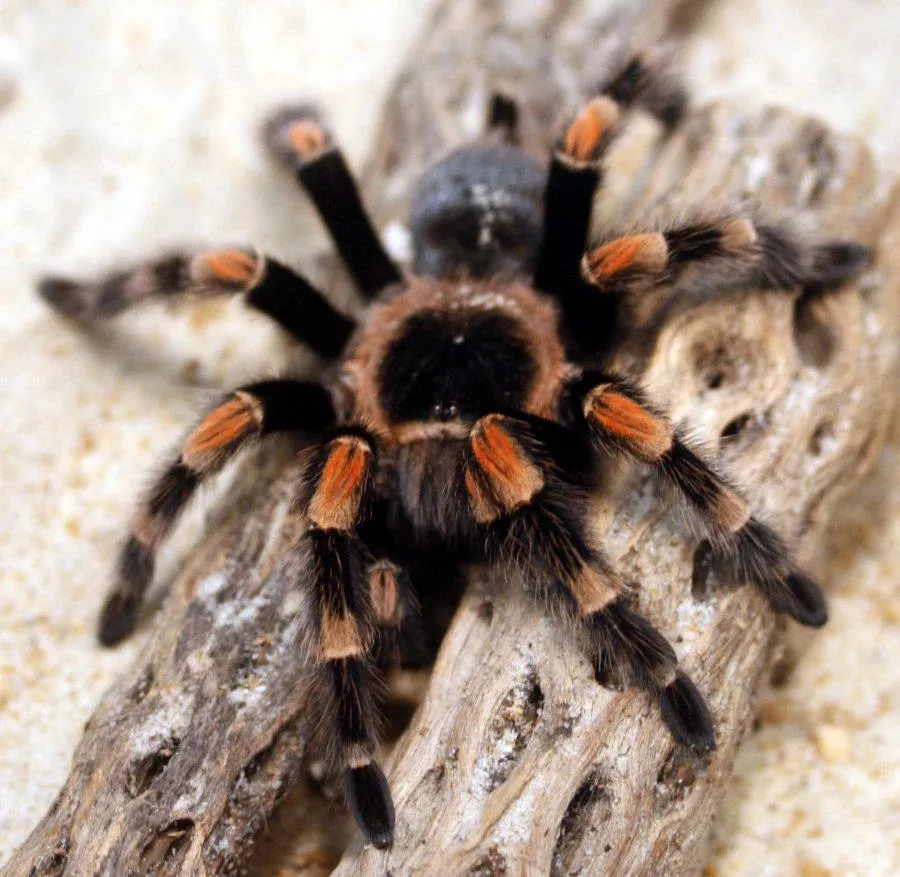
The Orange Fluff Tarantula’s habitat should be designed to accommodate its climbing tendencies. This means incorporating vertical elements like branches, cork bark, or artificial plants that allow the tarantula to explore and climb. A secure enclosure with a secure lid is essential. The substrate should be deep enough to allow the tarantula to burrow if it chooses, but also provide enough height for climbing. The enclosure should be kept at a temperature and humidity level to match the environment where it would naturally occur. Creating a stimulating environment is critical for the health of your pet.
Adaptations for Climbing
The Orange Fluff Tarantula has several adaptations that enable it to climb effectively. The most notable are the claws located at the tips of its legs, providing a secure grip on various surfaces. Additionally, the legs and feet are covered in tiny hairs called setae, which increase friction and further aid in climbing. These adaptations enable the tarantula to navigate vertical surfaces with relative ease. These features make the Orange Fluff Tarantula well-suited for both terrestrial and semi-arboreal lifestyles. They are built to climb.
Amazing Fact 3 — Venom and Bite
Like all tarantulas, the Orange Fluff Tarantula possesses venom, which is used to subdue prey. However, the venom of the Orange Fluff Tarantula is not considered particularly dangerous to humans. The bite of an Orange Fluff Tarantula is often compared to a bee sting, causing localized pain, redness, and swelling. While a bite is unlikely to cause serious harm, it is still best to avoid being bitten. Proper handling techniques and a respect for the tarantula’s space are essential to prevent bites. The venom is primarily used to immobilize insects and other small animals.
Venom Potency and Effects
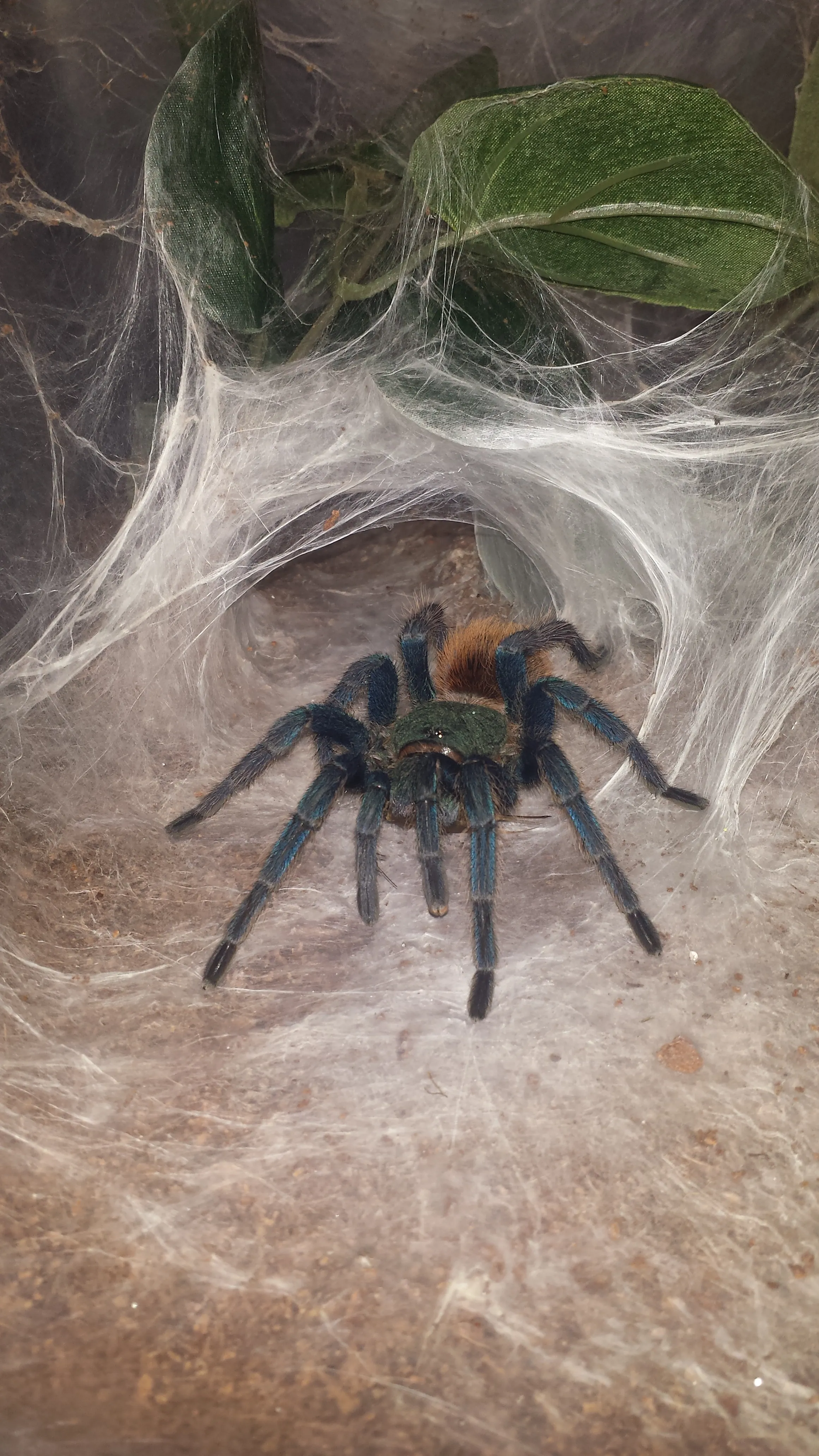
The venom of the Orange Fluff Tarantula is generally considered to have low potency. The effects of a bite are typically limited to localized pain, similar to a bee sting, along with redness and swelling at the bite site. In some cases, there may be mild systemic symptoms, such as muscle cramps or nausea, but these are rare. It is important to note that individual reactions to the venom can vary. The venom is designed to subdue prey, but is not intended for human defense. Medical attention is usually not required after a bite, but it is always recommended to monitor the bite site for any signs of infection.
Handling and Safety
Handling an Orange Fluff Tarantula should be approached with caution and respect. While they are generally docile, sudden movements or perceived threats can trigger a defensive response. It is best to avoid handling them unless absolutely necessary, and even then, it should be done with great care. Always wash your hands thoroughly before and after handling your tarantula, and avoid wearing scented lotions or perfumes, which can irritate the spider. If handling is required, do so close to the ground to prevent injury from a fall. The best practice is to observe from a distance.
Amazing Fact 4 — Molting Process
Molting is a natural and essential process for all tarantulas, including the Orange Fluff Tarantula. This process involves shedding the exoskeleton, which becomes too small as the tarantula grows. During molting, the tarantula creates a new, larger exoskeleton underneath the old one, then sheds the old one to reveal the new one. Molting is critical for growth and regeneration. During the molting process, the tarantula is vulnerable and defenseless. The process allows the tarantula to shed old exoskeletons, regrow lost limbs, and grow larger. The molting process is an exciting part of owning these arachnids.
What is Molting
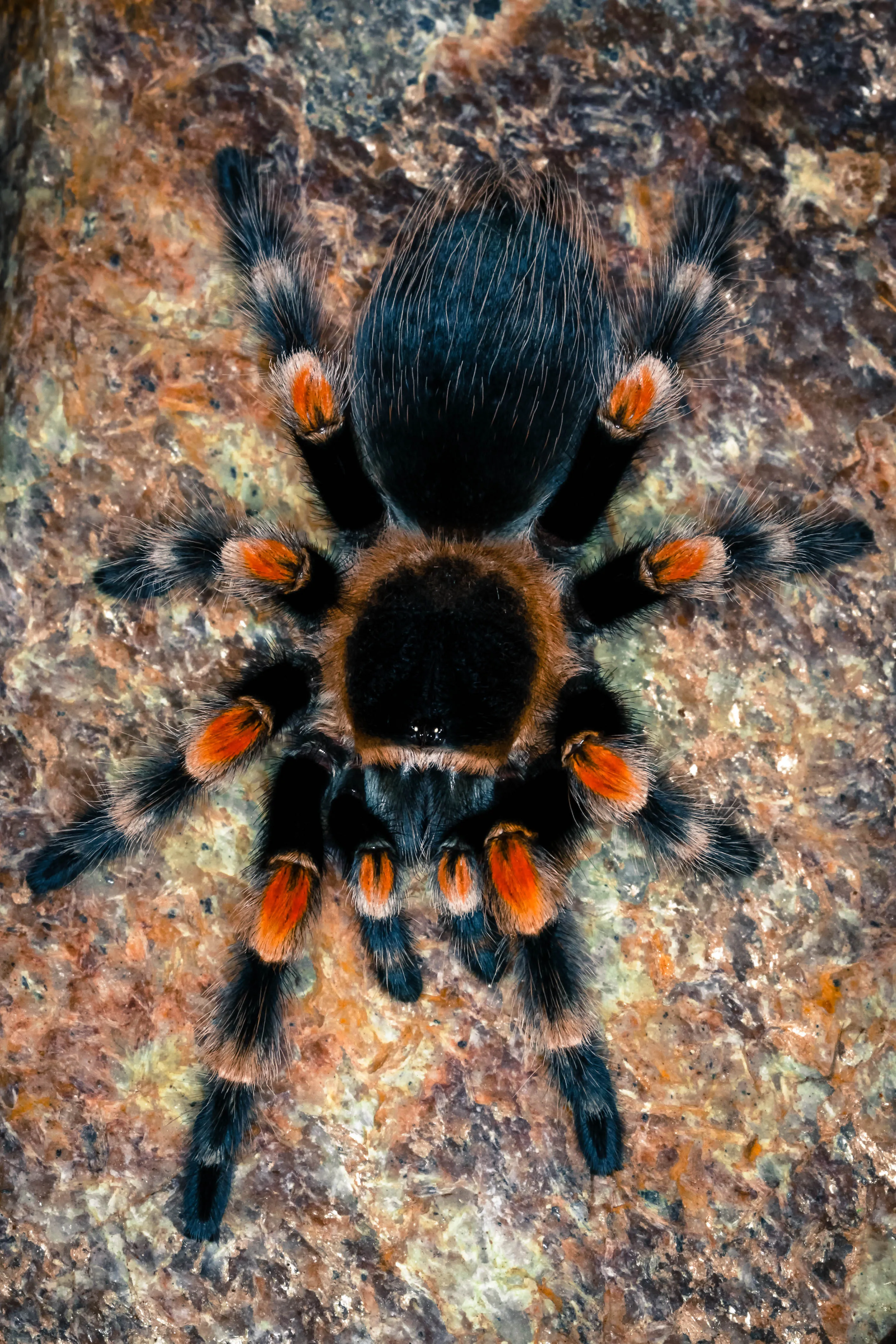
Molting is the process by which tarantulas shed their exoskeletons to grow. The exoskeleton is a hard, protective outer layer that doesn’t grow with the tarantula. As the tarantula grows, it becomes too tight, prompting the molting process. Before molting, the tarantula will typically stop eating, become lethargic, and may even flip onto its back. A new, larger exoskeleton forms beneath the old one, which is then shed. The new exoskeleton is soft and vulnerable, so the tarantula will remain hidden until the new exoskeleton hardens. This entire process can take several hours to several days.
Molting Frequency
The frequency of molting varies depending on the age of the Orange Fluff Tarantula. Spiderlings and juveniles molt more frequently, sometimes every few months, as they grow rapidly. As the tarantula matures, the molting frequency decreases. Adults may only molt once a year, or even less often. The molting process is a natural and essential part of the tarantula’s life cycle, and it is important to provide the right environment. Do not disturb the tarantula during molting. Providing a stable environment with the right temperature and humidity will assist with the process.
Amazing Fact 5 — Diet and Feeding Habits
The Orange Fluff Tarantula is a carnivore, and its diet in the wild consists mainly of insects and other invertebrates. In captivity, they can be fed a variety of feeder insects, such as crickets, mealworms, and roaches. The size and type of prey should be appropriate for the tarantula’s size. Overfeeding should be avoided, as it can lead to health problems. Providing a varied diet helps ensure the tarantula receives essential nutrients. The Orange Fluff Tarantula is a voracious eater, enjoying a varied diet of insects.
Favorite Food
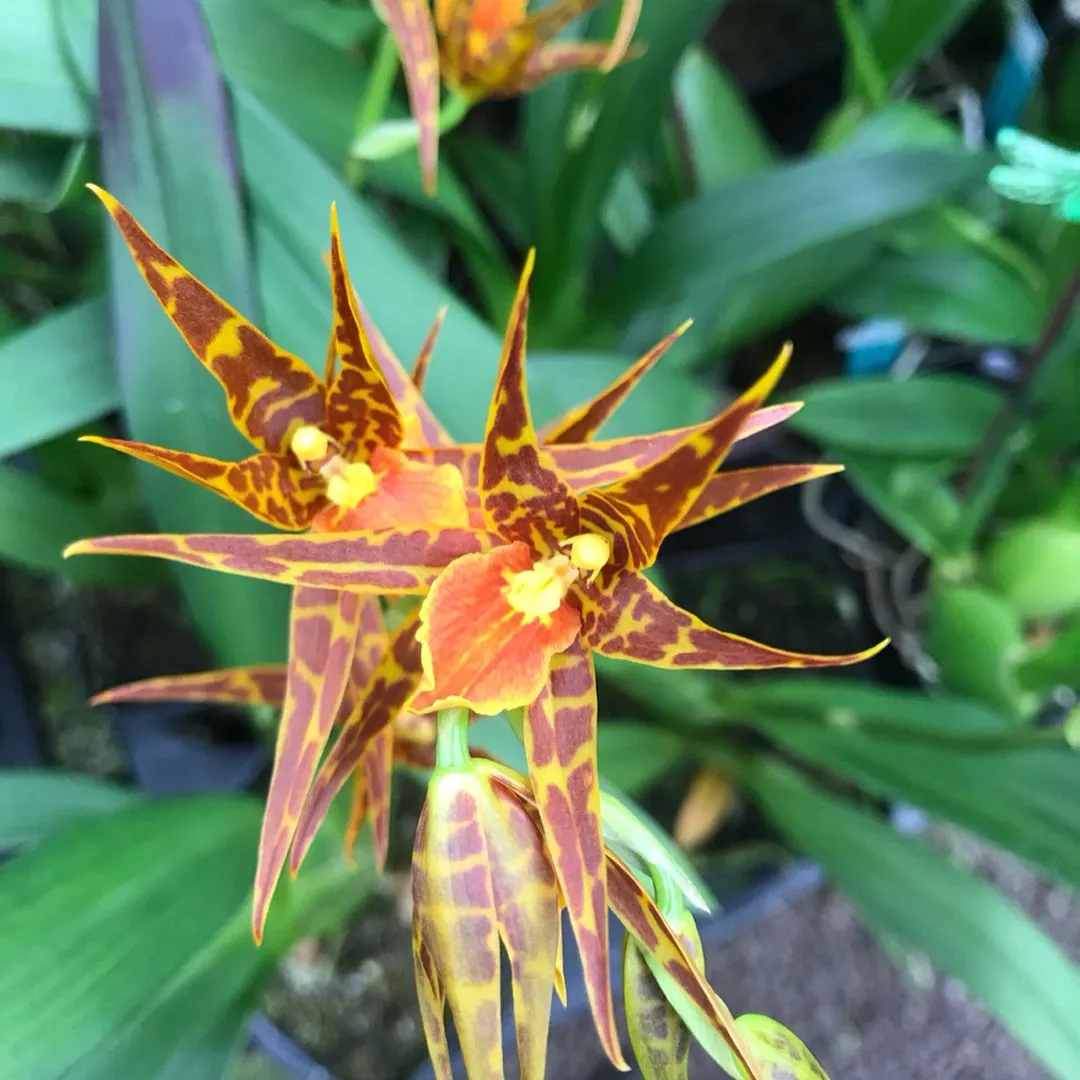
The Orange Fluff Tarantula’s favorite foods in captivity typically include crickets, mealworms, and Dubia roaches. These feeder insects are readily available and provide a good source of protein. The preference can vary from one individual tarantula to another. It’s a good idea to offer a variety to gauge the tarantula’s preferences. Gut-loading the feeder insects with nutritious food before offering them to the tarantula ensures that the tarantula receives a balanced diet. Variety is key.
How Often to Feed
The feeding frequency for an Orange Fluff Tarantula depends on its age and size. Spiderlings and juveniles should be fed more frequently, typically 2-3 times a week. Adults can be fed less often, usually once a week or even less. It is important to observe the tarantula’s abdomen. A well-fed tarantula will have a rounded abdomen. Refrain from overfeeding. Always remove any uneaten food within 24 hours to prevent mold and mites. Feeding frequency is directly related to their age.
Conclusion
The Orange Fluff Tarantula is a captivating species, known for its striking appearance and relatively docile nature. This guide has covered some amazing facts about this tarantula, from its vibrant colors and unique features to its habitat and feeding habits. By understanding its characteristics and needs, you can provide the proper care to allow the tarantula to thrive. The Orange Fluff Tarantula makes a great pet. With proper care and handling, these spiders will provide years of enjoyment. Whether you are a seasoned arachnid enthusiast or a beginner, the Orange Fluff Tarantula is a great species to consider.
